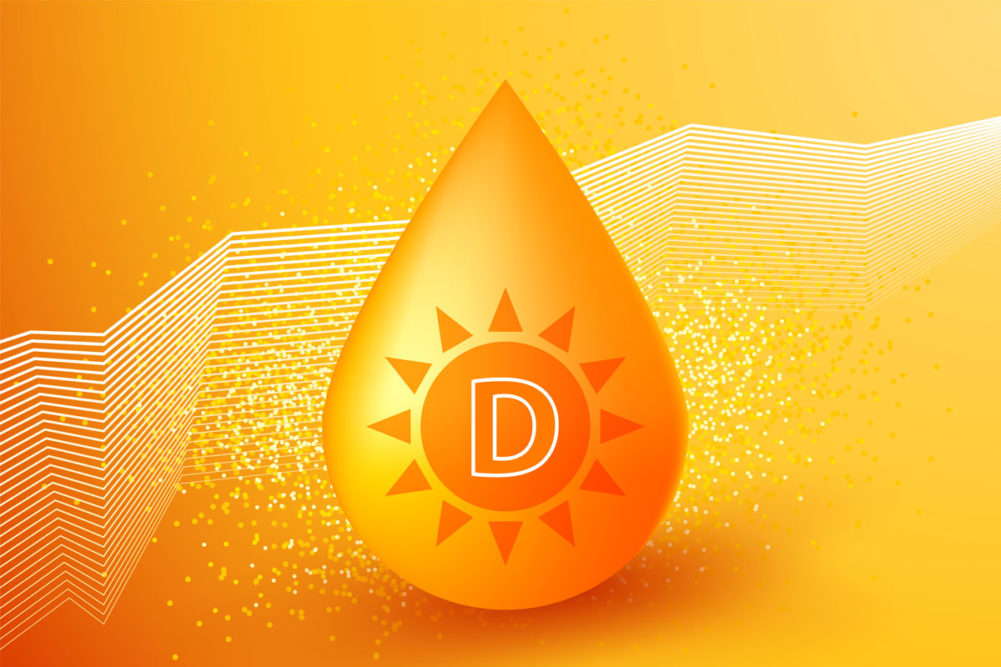BOSTON — A study appearing online July 28 in The New England Journal of Medicine casts doubt on whether high doses of vitamin D for consumers age 50 and over have any positive effects on avoiding fractures.
In the study 25,871 participants age 50 or older daily were given either 2,000 international units (IUs) of supplemental vitamin D3 or a placebo. Among those in the vitamin D group, 12,927 experienced fractures over a median follow-up of 5.3 years. The number experiencing fractures in the placebo group was 12,944. The researchers concluded the numbers did not show a “significantly lower risk of fractures” in the vitamin D group.
The study involved researchers from Brigham and Women’s Hospital in Boston, the Harvard T.H. Chan School of Public Health in Boston, the California Pacific Medical Center Research Institute in San Francisco, the University of California – San Francisco and Creighton University in Omaha, Neb. The National Institute of Arthritis and Musculoskeletal and Skin Diseases funded the study.
While vitamin D and calcium work best together, the 20% of study participants who also took a calcium supplement did not experience significantly fewer fractures, said JoAnn Manson, MD, preventive medicine chief at Brigham and Women’s Hospital in Boston.
“These findings overturn dogma and cast doubt on the value of routine screening for vitamin D blood levels and blanket recommendations for supplementation,” Dr. Manson said. “Spending time outdoors, being physically active and having a heart-healthy diet will lead to greater gains in health (for most people).”
The study did not include consumers who may require supplements because of severe vitamin D deficiencies or because of bone-thinning osteoporosis or other disorders.
The National Institutes of Health has set a Recommended Dietary Allowance (RDA) for vitamin D of at least 600 IUs per day for consumers age 14 and over. The Dietary Guidelines for Americans considers vitamin D a dietary component of public health concern for the general US population because low intakes are associated with health concerns. MarketsandMarkets, Inc., Northbrook, Ill., projects the global market value for vitamin D will experience a 7% compound annual growth rate, increasing to nearly $1.6 billion in 2025 from $1.1 billion in 2020.





